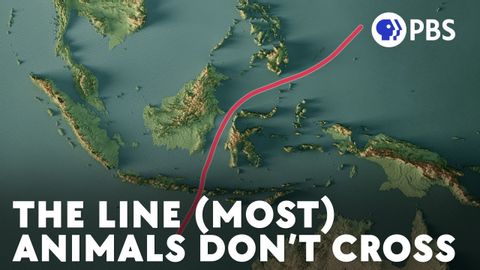二つの世界を隔てる見えない壁 (The Invisible Barrier Keeping Two Worlds Apart)
林宜悉 が 2023 年 05 月 04 日 に投稿  この条件に一致する単語はありません
この条件に一致する単語はありませんUS /ɛnˈtaɪr/
・
UK /ɪn'taɪə(r)/
US /ˈrek.əɡ.naɪz/
・
UK /ˈrek.əɡ.naɪz/
- v.t.(~が本当であると)認める : 受け入れる;(重要性を)認める;法的権威を尊重する;公にその人の貢献を称賛する;認識する、認知する
US /ˈprɛznt/
・
UK /'preznt/
- adj.出席している;現在
- n.プレゼント;現在時制;現在;贈り物
- v.t.紹介する;司会をする;発表する;提示する;(賞を)贈呈する
- v.i.現れる
US /ˈkɑnˌsɛpt/
・
UK /'kɒnsept/
エネルギーを使用
すべての単語を解除
発音・解説・フィルター機能を解除
